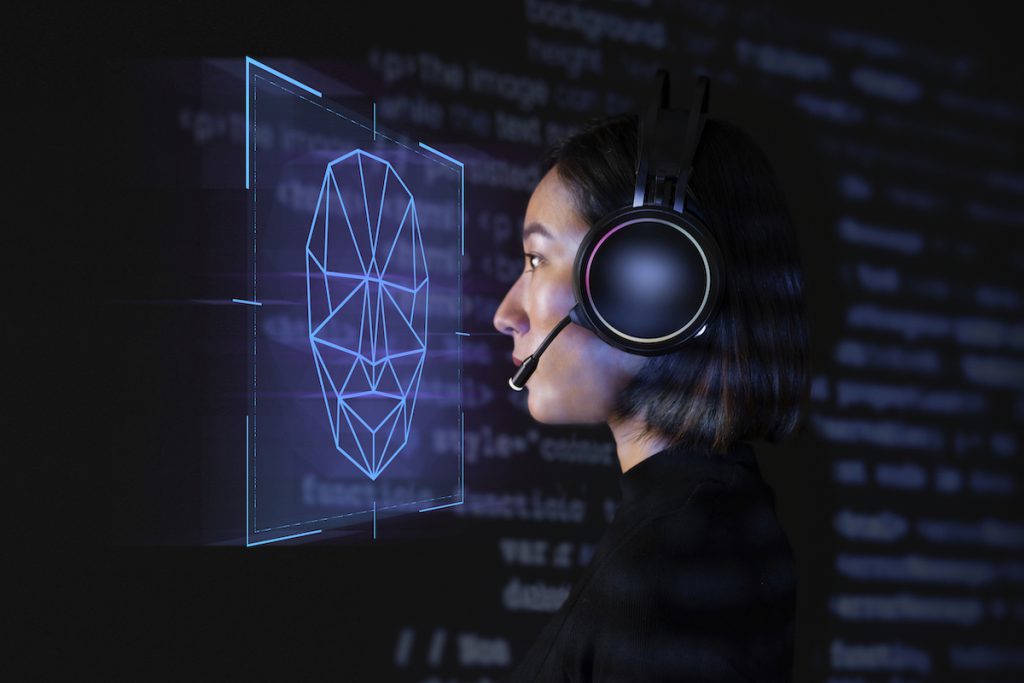It is no secret that the greatest contributor to any company’s success is its workforce. This means that companies must hire dependable, reliable, and accomplished people with clean records so that their workforce remains safe and productive. Making sure that the candidates have a desirable background, therefore, forms the crux of candidate verification.
Behind every successful and stable workforce, lies an employee background verification team. The job of background verification is to spot and weed out dubious, fraudulent, criminal, and other undesirable candidates from a company’s workforce.
Background checks are now used everywhere, from hiring to banking to apartment rental applications. According to Careerbuilder.com , 72% of employers do background checks on all employees.
Background Verification –from ‘could-have’ to ‘must-have’
Employee background verification and laws on background checks have been existing since as early as the 20th century in several countries all over the world. Today, the background verification industry has seen significant growth in demand, market size, and revenue.
The advent of technology and biometrics has made background verification processes not only easier but also more important –as these technologies are rather easy to manipulate.
The COVID-19 pandemic and the consequential remote/hybrid work environments have given rise to newer angles to verification –like vaccination records, compliance checks, identity checks, and health records.
Moreover, the pandemic has also made companies more competitive, and hiring top-quality candidates has become the need of the hour to ensure a better productive workplace.
These new demands have made HR departments start looking ahead, and adapting to the constant shifts emerging in the workforce. Employers are focusing on how best to manage the return-to-work and compliant hiring practices, whether in-person, remote, or hybrid.
In the face of these developments, employee background verification has become an essential exercise for companies. HR and Talent Acquisition Managers should, therefore, watch out for the emerging trends and best practices in background verification.
5 Trends in Employee Background Verification for 2023
1. Enhancing Candidate Experiences
Employers around the world continue to prioritize a smooth and simple applicant experience for both remote and onsite candidates. Candidates who have already accepted a job offer may reconsider their commitment if screening reports are inaccurate, information-gathering processes are cumbersome, or delays are caused by the usage of obsolete technologies.
Therefore, companies that simplify and improve the candidate experience protect their reputation while establishing a smooth route for prospects and future employees, from initial contact to background screening and onboarding.
2. Identity Verification
Identity verification, though always a crucial part of the recruiting process, became much more necessary after COVID. The trend was sparked by the transition to remote work and is here to stay.
Verifying a candidate ’s identification is an important stage in the remote hiring process since, in this new context, a person may be hired and onboarded without ever having met someone in person.
3. Diversity
The latest changes in corporate culture include a focus on diversity and inclusion. The employers will further focus on a deeper exploration of diversity, equality, and inclusion practices, and the DEI gaps that are frequently seen in hiring and recruiting processes.
HR and hiring managers are examining their unconscious biases while hiring, and are prompting more conversations around ensuring inclusivity in the workforce.
4. Social Media Monitoring
Companies are aware that it only takes one unpleasant tweet from an employee to lose a sizable portion of their clientele.
However, according to experts, companies that keep a tab on their workers ’social media posts run the risk of breaching both privacy and anti-discrimination laws. Therefore, the companies are turning to third-party screening service providers to carry out this exercise while being free from bias or context.
5. Technology and Compliance
Every phase of life and business, including recruiting and background checks, is being impacted by artificial intelligence and machine learning. While AI has the potential to reduce biases in hiring decisions and increase efficiency, it has also posed several privacy and security concerns.
Thus, governments all over the world have been regulating the use of AI in labor practices. It is important for companies to stay compliant with these regulations, to ensure smooth business functioning.
Moving Forward, with Employee Background Verification
As companies are becoming more employee-centric, they are faced with the task of being inclusive, transparent, and fair –while also building a reliable, safe, and profitable workforce. If anything, watching out for these trends would give companies an opportunity to achieve both without compromising on either.
About cFIRST
cFIRST is a global leader in digital background screening services that lets companies make better-informed hiring decisions and create robust workforces. Over the years, cFIRST has become a trusted verification partner for several Fortune 500 companies and new-age start-ups.






